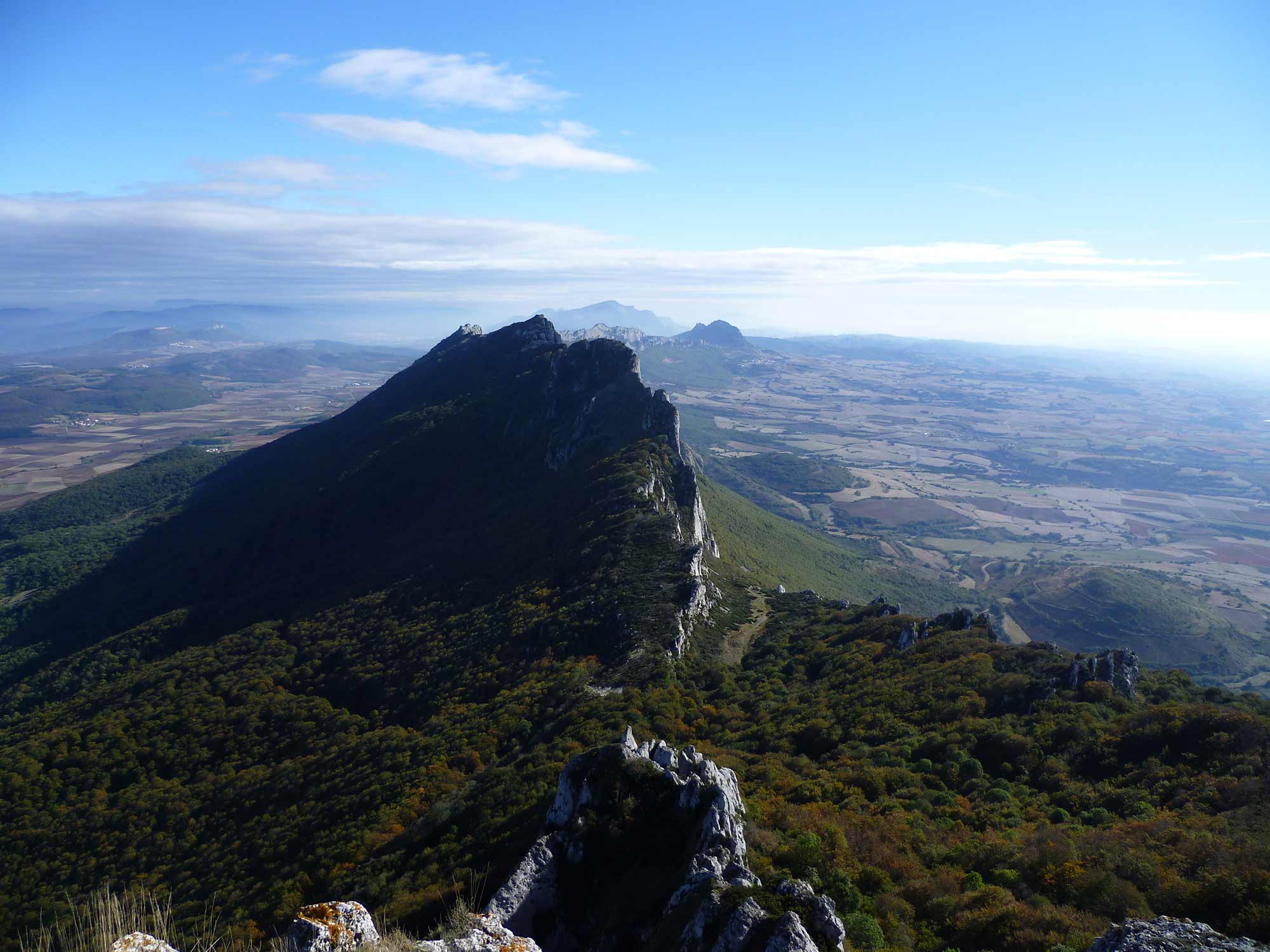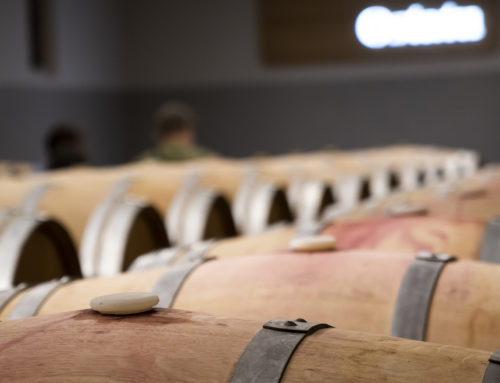We cannot lie about this: the climate is changing. We hear it on the news, in advertisements, and in our own homes… The increase in the temperature of the planet is not something subjective, but a noticeable phenomenon. We observe it in the increase in global temperature, the lack of snow in winter, the heavy rains… In the case of the Rioja Alavesa wineries that are dedicated to growing vines, we have noticed it in the droughts on our land, in how the maturation of the grape is in advance, and the increase in the percentage of sugar and alcohol in our wines.
At Bodegas Ostatu, for years, we have seen climate change as a new reality that would affect the characteristics of our grapes and wines. For this reason, we went ahead to work and rethink tasks to deal with this phenomenon through one of our best allies: the Sierra Cantabria
About Sierra Cantabria
The Sierra Cantabria is a mountainous barrier that separates the Montaña Alavesa and Rioja Alavesa, located in the Southern region of the Basque Country. It is formed by some impressive limestone ridges that restrain the winds coming from the north. As a note for most mountaineering readers, the most emblematic peaks are Toloño, San León, Escamelo, Recilla, Cervera, and ends with Ioar. Mountains from which we obtain impressive views: to the north, forests and farms, and to the south, a sea of vineyards. Undoubtedly an unknown but tremendously beautiful mountain to enjoy.
And it is right at the foot of the Sierra Cantabria, where Bodegas Ostatu is located, in Samaniego.
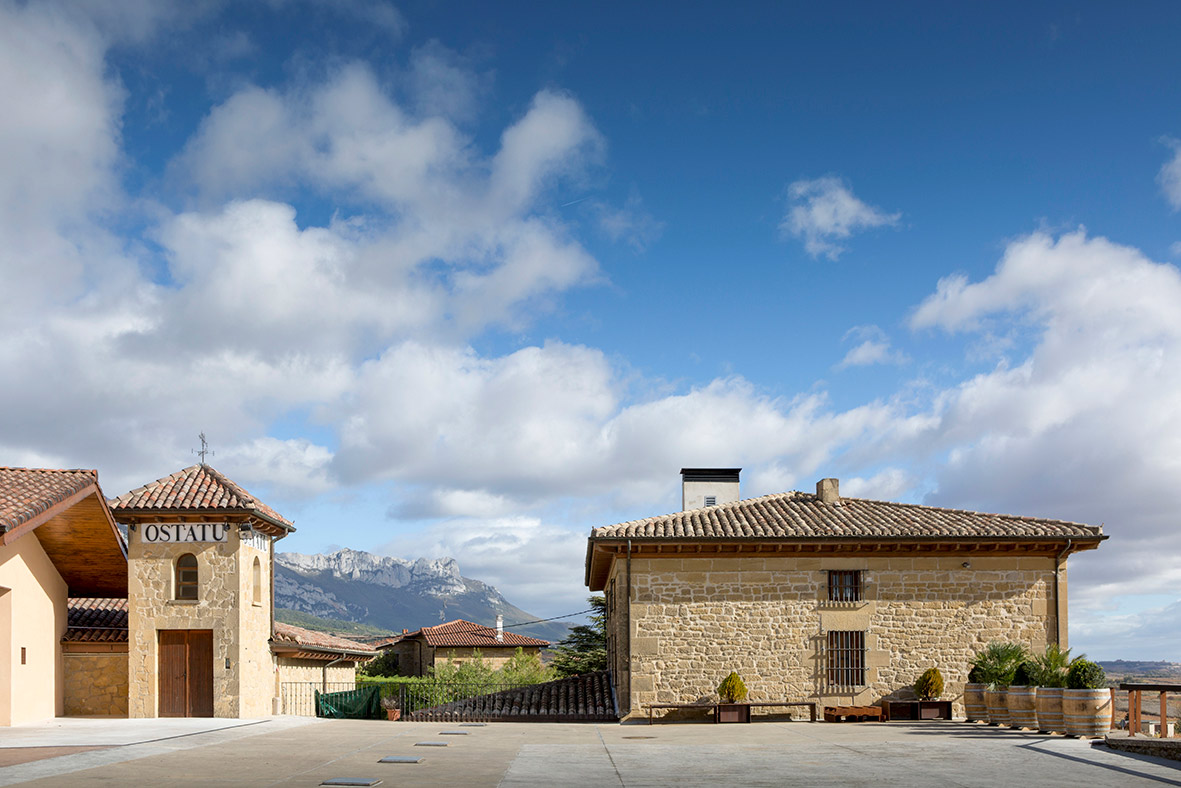
How the Sierra helps counteract climate change
As we have said before, at Bodegas Ostatu we have observed a trend in the increase in temperatures globally for years. To face climate change and be able to continue making wines of the highest quality, we decided to continue making use of the very tools that nature provides us. In our case, the Sierra Cantabria.
Due to the possibility that the high altitude of the mountains gives us, during the last 30 years our vineyard plantations have been rising in altitude to counteract the increase in temperature that has been experienced in other parts of Rioja Alavesa. The Sierra cuts off the humidity coming from the North to a large extent, letting a small amount pass through and, above all, granting a northerly wind to the southern slope, where our vineyards are located, maintaining cool and optimal temperatures for the more normalized development of the ripeness of the grapes. vine. This has helped us to make our wines fresher, with greater fruit intensity and lively acidity.
There we have our plots of Lavilla, La Paul, Carrera, Zabala…. of which we make the Valdepedro and Rosé wines, and where we get a large part of the grapes for young and aged.
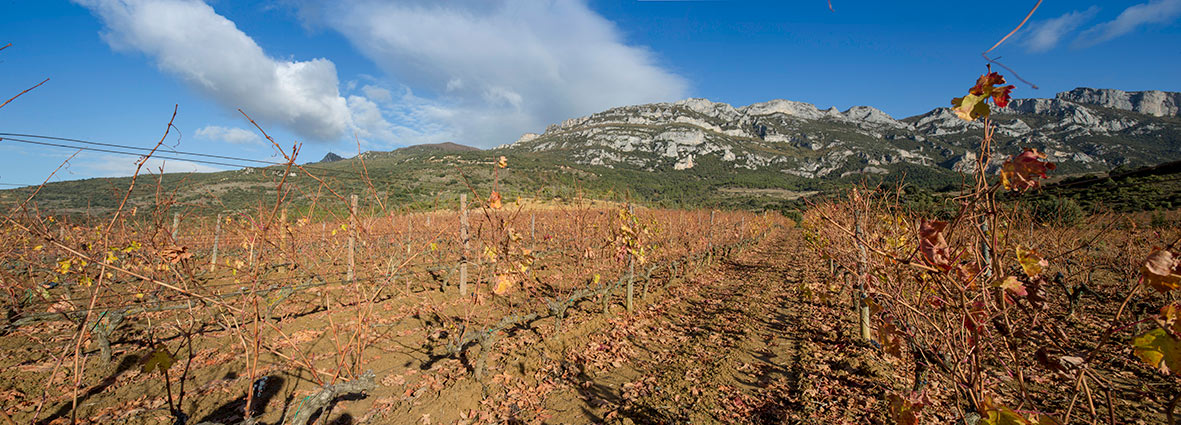
Climate change in the wine sector
The increase in temperatures has been a problem for our sector for more than 30 years. As the climate becomes hotter and more hostile, the vine matures earlier, resulting in increased sugar and alcohol content, lower acidity, and loss of properties.
Some years ago, the optimal ripening moment was achieved in late autumn, while now it is achieved at the end of summer. Climate change not only produces an increase in temperatures, but also an increase in extreme phenomena, such as hail storms, and the irregular distribution of rain, phenomena that harm the quality of the grape.
To deal with this, some wineries try to delay pruning the vine so that ripening is slower and harvest later, as well as, as we have mentioned, moving the vineyards up to a higher altitude.
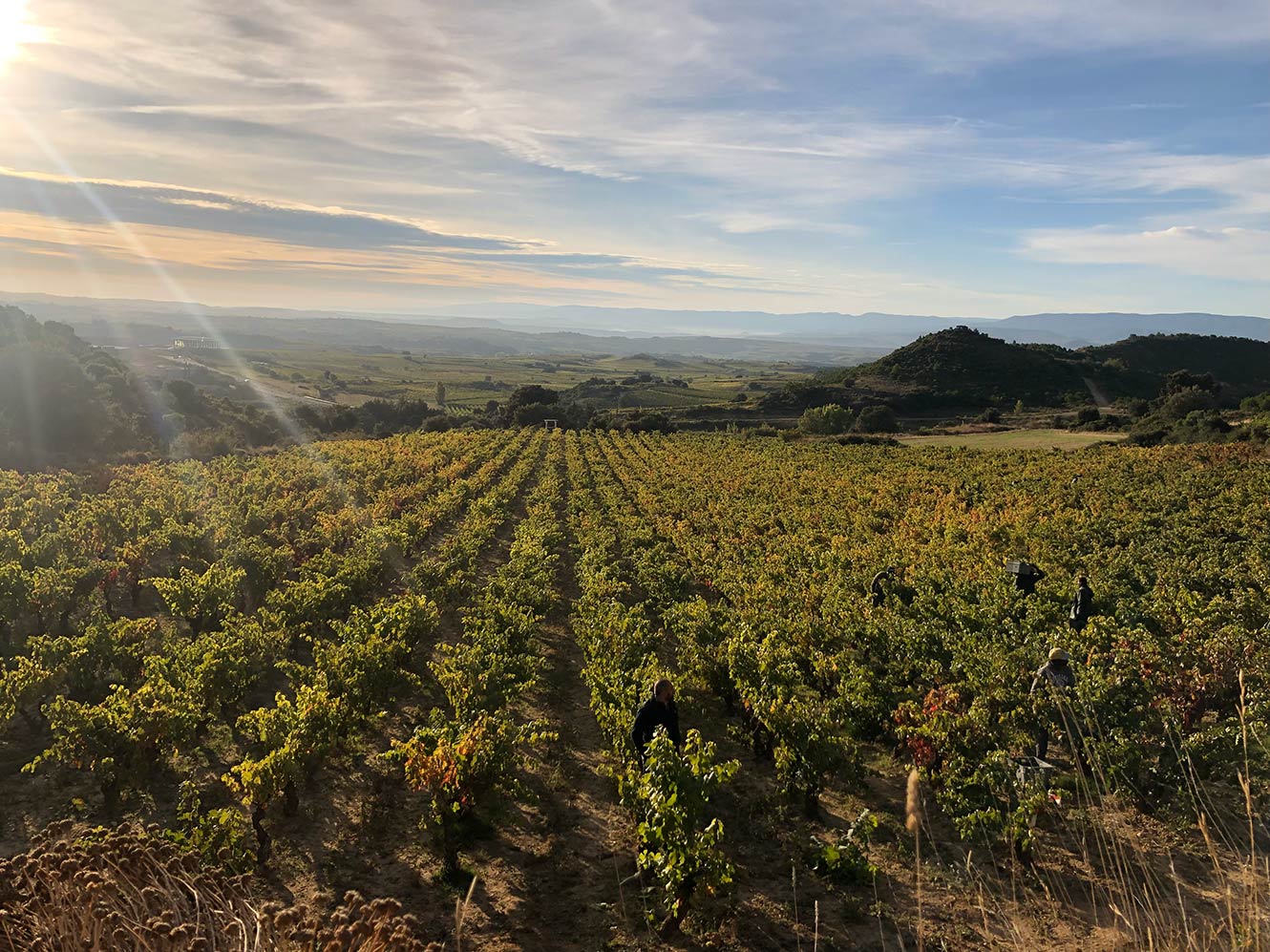
We feel very lucky to have the protection of our guardian, the Sierra Cantabria, to face the changes that we have been experiencing during these years. The challenge now for the wineries, according to our oenologist Iñigo Saenz de Samaniego, consists of adapting the way of managing the vineyards in order to continue offering the best wines.
